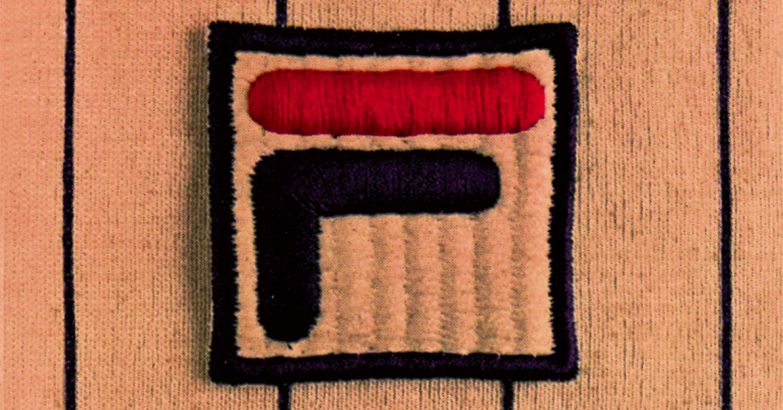TIME MACHINE: 1975
After giving you a taste of the ‘flow’ of 1974 , today the Time Machine takes us a year forward. We are catapulted to a period when the desire to transgress and shake up public opinion was a priority.
In 1975, movie theatres screened ‘The Rocky Horror Picture Show’, a non-conformist musical that fused science fiction and a B-movie. It featured songs that audiences can still recite word for word. Speaking of music, 1975 was a decidedly punk year. In London, Malcolm McLaren started The Sex Pistols. In New York, we witnessed the debut of The Ramones, while in Los Angeles, Joan Jett and Lita Ford invented The Runaways at a party.
The character who best embodies the spirit of the times in the sporting world is Swedish tennis player Björn Borg. Back then, he was a 19-year-old rookie who was destined for great things. His talent – made up of unexpected bursts of energy and skilful ground strokes – enabled Sweden to bring home the Davis Cup in ’75. FILA, a forward-thinking sportswear brand, sensed that he was the perfect figure to express the boldness of WHITE LINE tennis clothing, which had been launched just a year earlier.
In 1975, FILA designer Pierluigi Rolando imagined parallel vertical lines on a polo shirt originally designed for Adriano Panatta. He drew them with a red felt-tip pen on the shirt’s white background. He was inspired by the stripes made famous by the American baseball player Babe Ruth, who between 1920 and 1934 was the toast of the New York Yankees and possessed a rebellious and elegant style.
The result of this experiment was the prototype of a polo shirt that would make history – the BB1. This was not only because it was the first time a ‘pinstripe’, normally seen on tailored suits, burst onto the playing fields, but also because Borg was soon to wear it incessantly during his illustrious career. (Incidentally, a ‘check’ version of the shirt was created in the same year, with a pattern of 4×4 cm squares.)
In 1975 Rolando’s imagination created the ‘penguin’ suit, the first in the history of FILA Sport. It was named after the colours of the aquatic bird and stands out for a chevron pattern borrowed from the British Royal Guards. At a time when film and music stars were starting to adopt sportswear, making it effortlessly cool, the Biella-based brand forged a trend, creating an instant object of desire.
In 1975 Isolde Kostner, former Italian alpine skier, was born.
Torna agli articoli!

